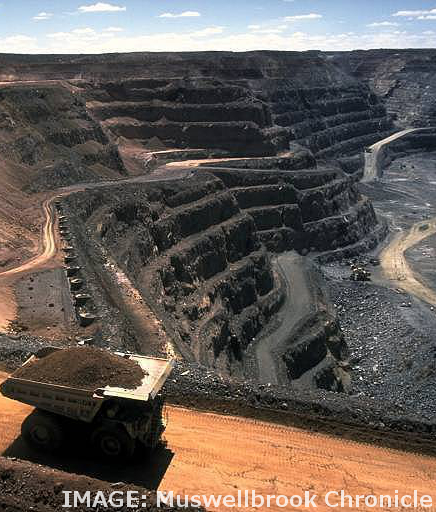Warning over coal rehab costs
 A new report exposes a major coal mine rehabilitation deficit in NSW.
A new report exposes a major coal mine rehabilitation deficit in NSW.
The nine largest coal mines in New South Wales, all of which are located in the Hunter Valley, have reportedly rehabilitated a meagre 30 per cent of the land which they have disturbed, with only 9,302 hectares of a 30,192 hectare footprint under active rehabilitation.
The report by anti-CSG group Lock The Gate says the worst offenders include the Ravensworth mine complex and the Bengalla Mine which have rehabilitated just 16.5 per cent and 20.4 per cent of the affected land respectively.
Gavin Mudd, Associate Professor in the Department of Environmental Engineering at RMIT University, said the report “paints a disconcerting picture of rehabilitation in NSW coal mines which has been markedly inadequate to date.”
“We know that inadequate rehabilitation has far-reaching consequences, for example, the disturbed area of mines are a major source of particulate air pollution, which is particularly disconcerting for those communities close to densely populated areas”.
Lock the Gate estimates that if the NSW Government was to implement a 60 per cent mandatory target for rehabilitation, a total of 1,223 jobs would be required over three years to rehabilitate 8,812 hectares of land.
“The rehabilitation shortfall in NSW means that communities are likely to end up living with the devastating consequences of, and even footing the bill for, unrehabilitated sites,” said Rick Humphries, Rehabilitation Coordinator of Lock the Gate Alliance.
“NSW is missing out on a massive opportunity as a result - our estimates indicate there are thousands of jobs available if companies are forced to meet rehabilitation targets.
“We’re calling for the NSW Government to introduce mandatory targets to create jobs, spur new investment and reduce air pollution.
“Put it simply, it would be a win-win for everyone,” said Mr Humphries.
Lock the Gate is calling on the NSW Government to:
- Introduce mandatory rehabilitation targets specific to each mine operation but aiming to maximise progressive rehabilitation
- Prohibit final voids and waste dumps and mandating return of approximate original contours
- Fix the weaknesses in the security deposits system, ensuring there is sufficient money held for contingencies
The full report is available in PDF form, here.







 Print
Print